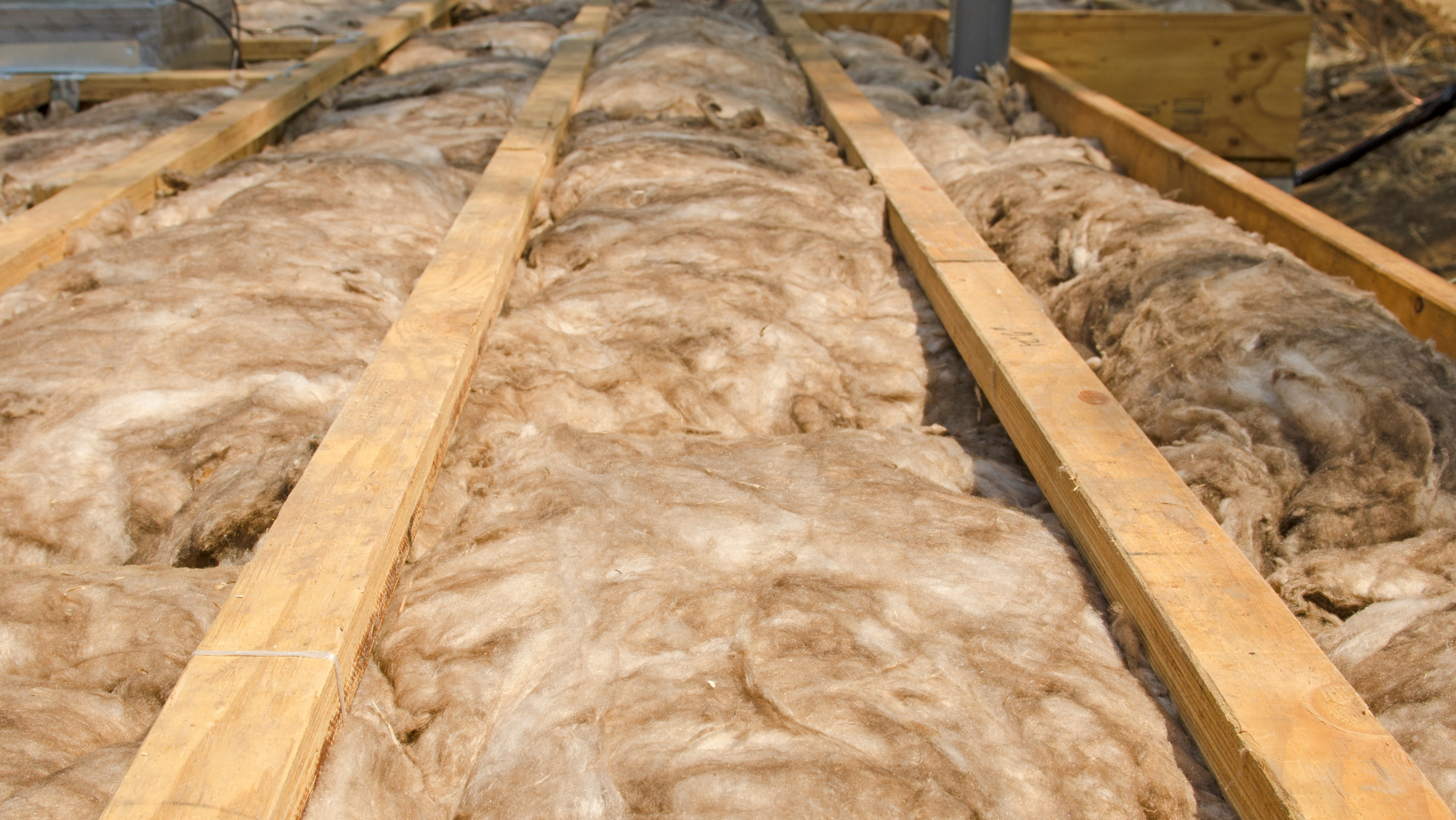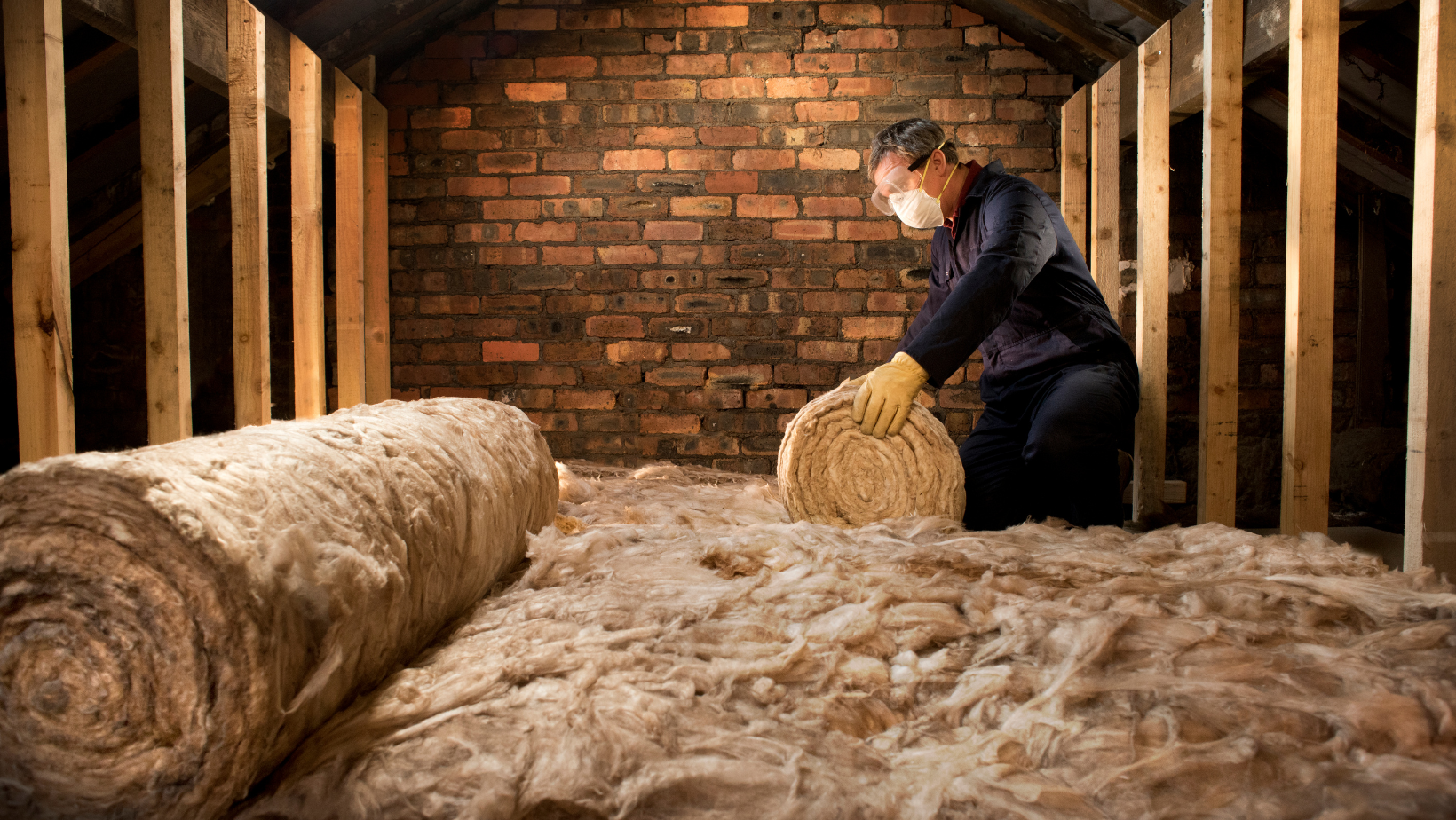3. Disadvantages Of Loft Insulation
While loft insulation provides several benefits, it is important to understand the disadvantages of the measure. These include the cost of installation, difficulties in some properties, moisture and dust build-up, and asbestos in some types of insulation. It is important to address these potential issues when considering loft insulation as a measure to improve energy efficiency.
Loft Insulation Cost
The cost of loft insulation can depend on several factors, such as loft size, the type of insulation material used, and the installer’s fees. However, loft insulation can be a cost-effective measure to reduce energy bills and lower carbon emissions. Also, with the ECO 4 grant scheme, eligible homeowners and tenants may be able to receive funding to cover some or all of the costs of loft insulation installation.
Difficulty Of Installation In Some Properties
In some properties, installing loft insulation can be challenging due to various reasons such as limited access to the loft or irregularly shaped spaces. In such cases, it is best to consult with a professional and licensed installer who can provide appropriate solutions for the specific property.
Moisture And Dust Build Up
Dust and moisture can accumulate in the loft if proper ventilation and air sealing are not ensured during the installation. Moisture buildup can lead to issues such as mould and dampness, which can harm the indoor air quality and the structure of the building. Therefore, it is essential to ensure proper ventilation and air sealing during and after the installation of loft insulation.
Asbestos In Loft Insulation
In older properties, there may be asbestos-containing materials used in the loft insulation. Asbestos can pose serious health risks when inhaled, so it is crucial to identify and safely remove any asbestos-containing materials before installing new insulation. It is recommended to hire a professional who has experience in identifying and handling asbestos.


















